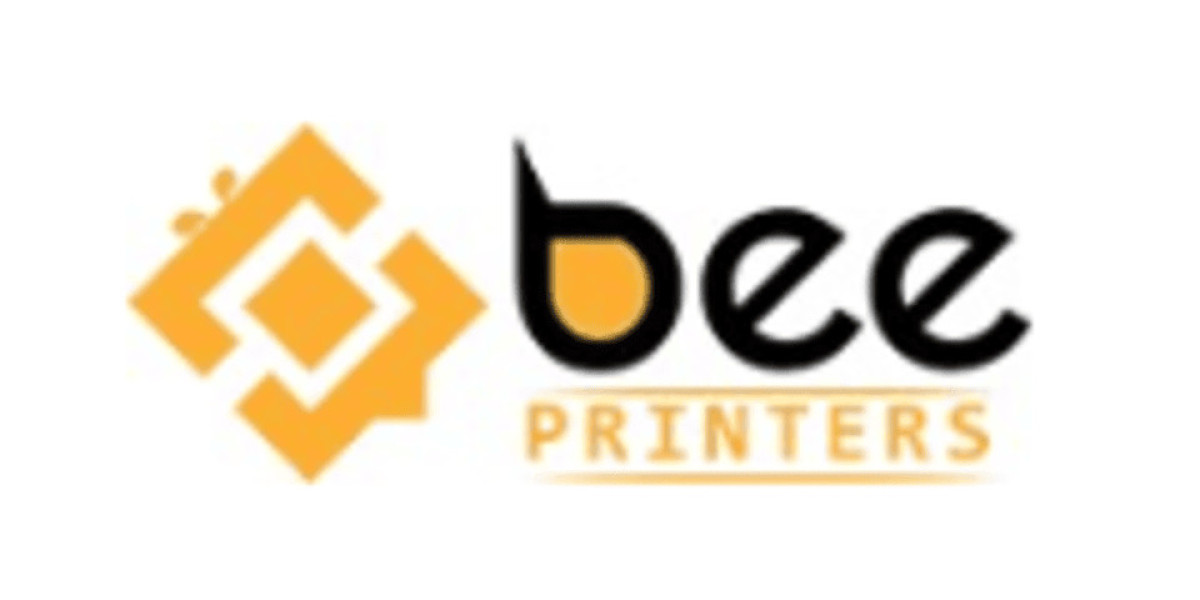Laser cutting has emerged as a transformative technology across various industries, enabling high-precision cuts in a wide array of materials, including metals, plastics, and wood. The process relies on the interaction of laser light with the material, where the choice of laser type and its operational parameters significantly influence the quality of the cuts achieved. Understanding these factors is essential for optimizing laser cutting applications, ensuring that the desired quality, accuracy, and efficiency are met.
1. Understanding Laser Types
The type of laser used in laser cutting fundamentally affects the cutting process. The most common laser types employed in industrial applications include:
CO2 Lasers: These lasers operate in the infrared spectrum, typically emitting wavelengths of around 10.6 micrometers. They are particularly effective for cutting non-metallic materials such as plastics, wood, and textiles, but can also cut metals with the appropriate setup.
Fiber Lasers: Emitting wavelengths around 1.06 micrometers, fiber lasers are highly efficient for cutting metals. They are characterized by their high beam quality and power density, which allows for cutting thick materials at high speeds with excellent precision.
Nd
Lasers (Neodymium-doped Yttrium Aluminum Garnet): These lasers are solid-state and are often used for metal cutting and engraving. They emit a wavelength of 1.064 micrometers and can be either continuous wave or pulsed.
Each laser type has its specific applications and material compatibilities, which directly influences the quality of the cuts produced. For instance, while CO2 lasers excel at cutting thicker non-metals, fiber lasers offer superior cutting speed and precision for metallic materials.
2. Impact of Laser Parameters
The parameters set during the laser cutting process are crucial for determining cut quality. These parameters include:
Power: The laser power significantly influences the cutting speed and depth of penetration into the material. Higher power levels typically lead to faster cutting speeds but can also result in excessive heat generation, leading to warping or melting of the material edges. Conversely, lower power levels might yield cleaner cuts but can slow down the cutting process, affecting productivity.
Speed: The cutting speed determines how quickly the laser moves across the material. An optimal speed must be balanced with power settings. Too fast a speed may not allow the laser enough time to melt or vaporize the material effectively, resulting in poor cut quality, such as rough edges or incomplete cuts. On the other hand, too slow a speed may lead to excessive heat accumulation, causing dross or rough surfaces.
Frequency: This refers to the rate at which the laser pulses. Higher frequencies allow for more cuts per second but may not penetrate as deeply, whereas lower frequencies provide deeper cuts with potentially better edge quality. However, too low a frequency can lead to the material overheating.
Focus: The focal length of the laser beam influences the spot size at which the laser interacts with the material. A smaller focus point can produce finer cuts but may require higher precision in alignment. Conversely, a larger focus point may cover more area but compromise on cut quality.
Assist Gas: Many laser cutting processes utilize assist gases (such as oxygen, nitrogen, or air) to improve cut quality. The choice of gas affects the cut edge and can enhance the cutting speed. For instance, using oxygen can aid in cutting metals by exothermic reactions, while nitrogen may produce cleaner cuts without oxidation.
3. Material Properties and Their Influence
The properties of the material being cut also play a critical role in determining cut quality. Different materials have varying thermal conductivities, melting points, and absorption rates for laser energy.
Thermal Conductivity: Materials with high thermal conductivity (like copper) dissipate heat more rapidly, requiring different laser parameters compared to low thermal conductivity materials (like acrylic). Adjusting power and speed according to the material's thermal properties ensures optimal cut quality.
Melting Point: The melting point affects the necessary laser power and cutting speed. Materials with lower melting points, such as plastics, can be cut faster than those with high melting points, like steel.
Surface Finish: The surface condition of the material, whether polished, rough, or coated, can also affect the interaction with the laser. For example, a reflective surface might scatter the laser beam, necessitating adjustments in focus or power to maintain cut quality.
4. Material Thickness and Cut Quality
The thickness of the material being cut is another vital factor in determining the quality of the cut. Thicker materials often require more power and slower speeds to achieve a clean cut, while thinner materials can be cut quickly with less power.
Cutting Thin Materials: For thin materials, using higher speeds and lower power settings can produce a clean edge with minimal heat-affected zones (HAZ). However, if the speed is too high, it can lead to incomplete cuts or excessive melting at the edge.
Cutting Thick Materials: When cutting thicker materials, increasing both power and cutting speed is essential to maintain cut quality. However, the operator must monitor the heat input to prevent thermal distortion or damage to the material.
5. Effects of Edge Quality on Application
The edge quality of laser-cut parts significantly influences their subsequent applications. For instance, in industries such as aerospace or automotive, precise dimensions and clean edges are critical for fitting and assembly. The following aspects relate to edge quality:
Heat-Affected Zone (HAZ): The HAZ is the area surrounding the cut that may undergo thermal changes due to the cutting process. A smaller HAZ is often preferred, especially in applications requiring tight tolerances and mechanical properties.
Kerf Width: The kerf width refers to the width of the cut made by the laser. A narrower kerf is advantageous in applications where material conservation is crucial. However, achieving a narrow kerf may require fine-tuning of parameters such as focus and speed.
Surface Roughness: The texture of the cut surface can also affect performance in applications. Smoother edges often lead to better performance in applications that involve joining or bonding, as irregularities can compromise the integrity of the joint.
6. Experimental Validation
To optimize laser cutting parameters for specific applications, experimental validation is often necessary. This involves:
Conducting Trials: Running tests with varying laser parameters allows operators to observe how changes affect cut quality. By systematically altering one parameter at a time (such as power or speed), operators can gather data on the resulting edge quality.
Documenting Results: Recording observations related to cut quality—such as edge smoothness, dross formation, and dimensional accuracy—enables the creation of reference charts that can guide future cutting operations.
Utilizing Simulation Software: Advanced laser cutting operations often use simulation software to predict how different parameters will affect cutting outcomes. This approach can save time and materials, allowing for more efficient optimization.
Conclusion
The impact of laser type and its operational parameters on cut quality in laser cutting applications is profound and multifaceted. A thorough understanding of these factors enables manufacturers to optimize their cutting processes, ensuring high-quality results while maintaining efficiency. By balancing power, speed, focus, and other parameters, and by taking into account the specific properties of the material being cut, operators can achieve superior cut quality tailored to their unique applications. Experimental validation and adjustments further refine these processes, reinforcing the critical nature of precision in laser cutting technology.








